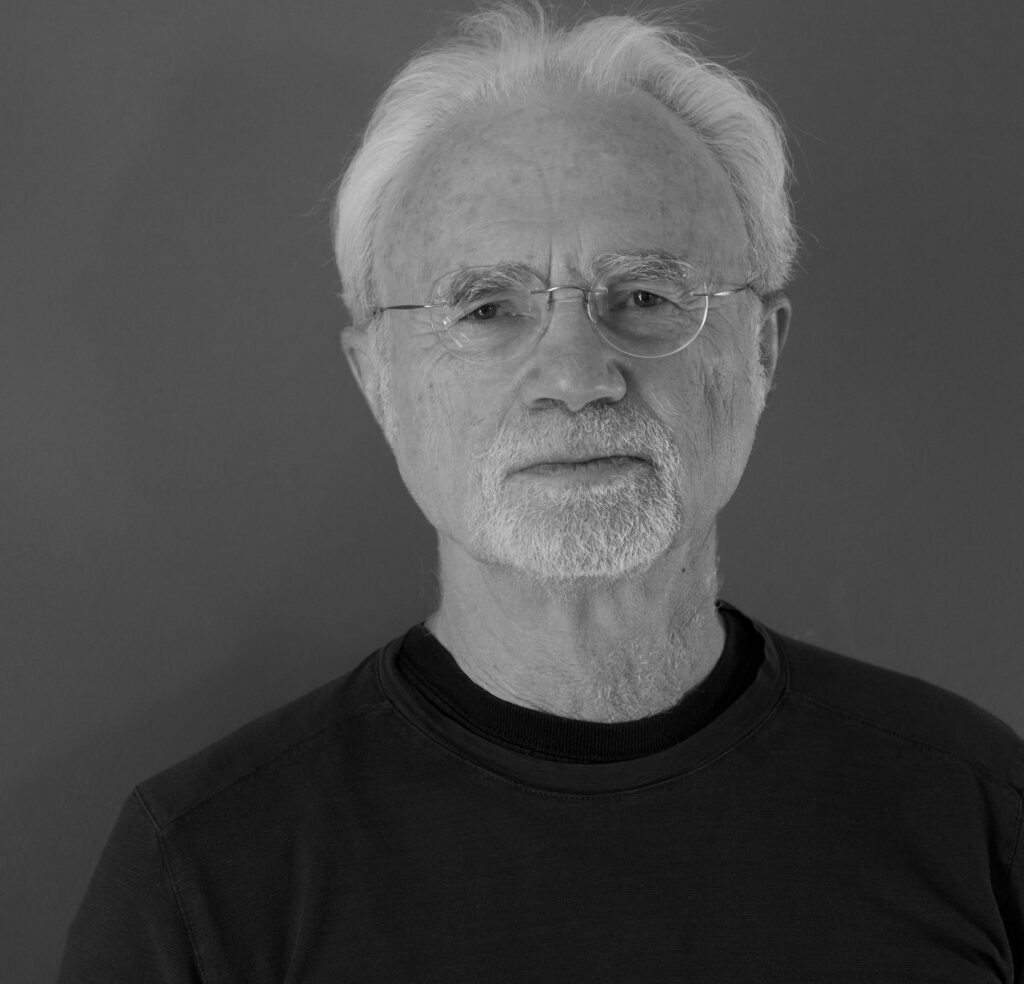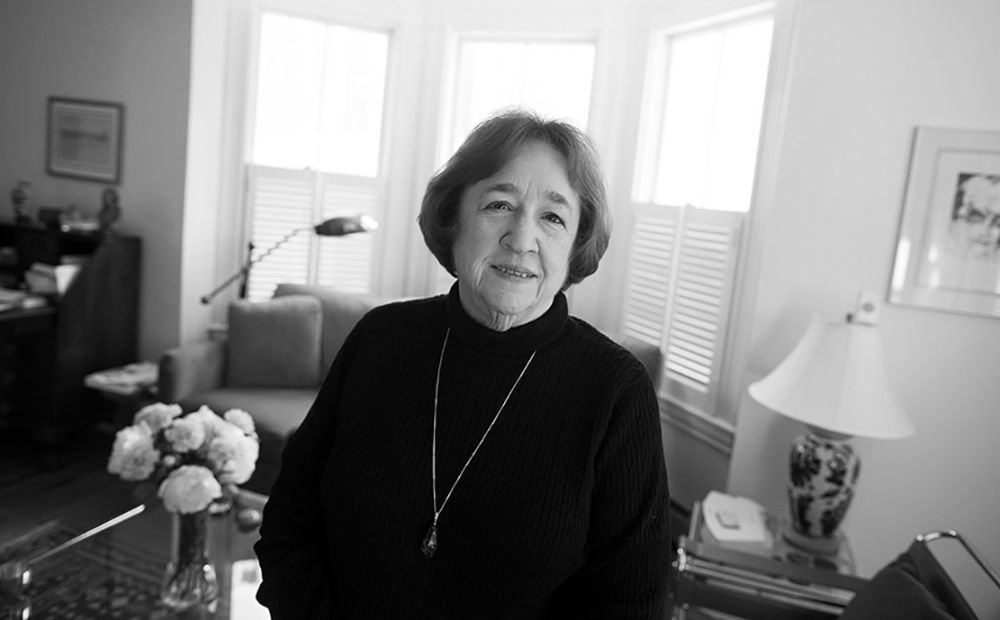A while back, Andy Warhol’s camera replaced his everpresent tape recorder. It was probably around the time he was going to nightclubs like Studio 54 every night; he couldn’t have a conversation, let alone tape one. over all that music. His camera serves the same two purposes as his tape recorder. It freezes the surroundings of a tireless social animal — one whose own celebrity and curiosity has led him into what the people- watching public might think of as the most elusive and exclusive circles and corners. With his hundreds of photos, he could publish his own hybrid of People and W every morning.
The camera’s second function is a little more personal. Andy can be very shy. The camera acts as his decoy or bodyguard —an instant cure for awkward situations. It removes the pressure from himself, placing the self consciousness on the subject. Whereas the snap-flash stuns and flatters strangers and the star-struck, keeping them at an appreciable and appreciated distance, it’s also a show of respect and sometimes an introduction to fellow celebrities. Whatever the intentions, Andy’s photographs, as well as his paintings, his magazine, and his films, are chapters in a remarkably detailed chronicle of the last two-and-a-half decades of Pop culture.
The following are photographs of writers, poets, and autobiographers who have crossed Andy’s path over the last few years. We discussed the photographs with Andy one afternoon while he did repetitive, chest-building exercises with twelve pound dumbbells in his studio, the Factory.
— Robert Becker
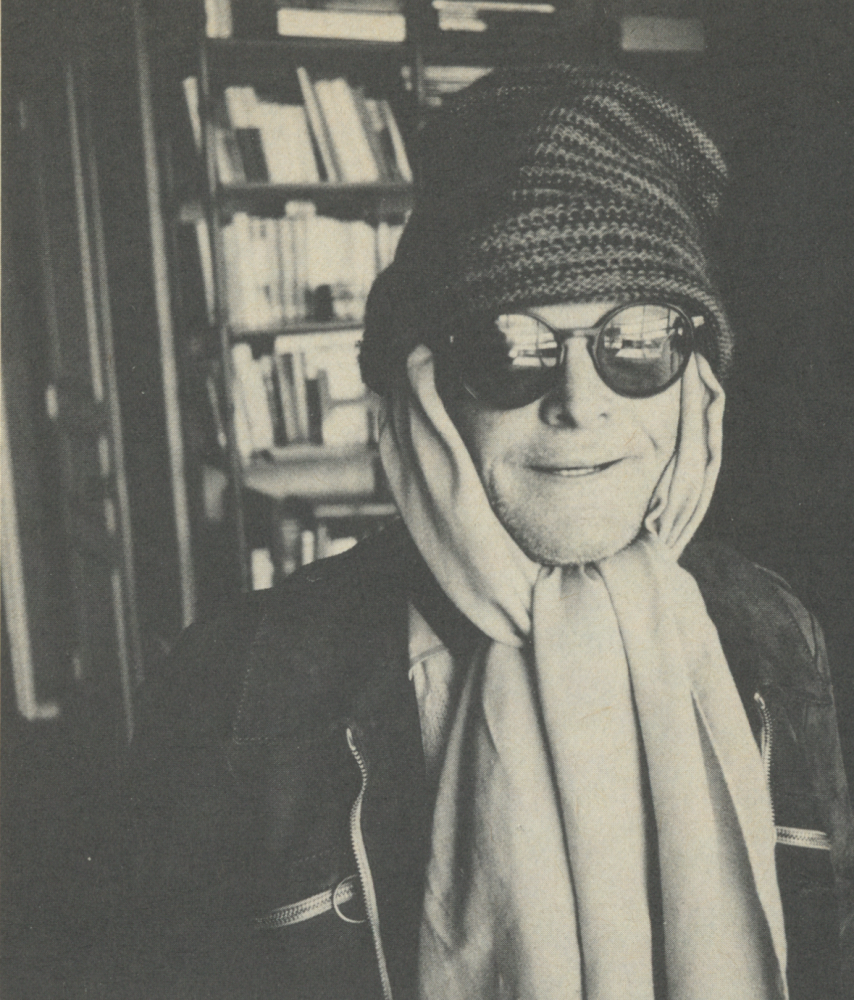
At this moment he might have been coming in from getting his face lifted . . . coming out of the doctor’s office. Actually most of the major work had already been done. This time he was getting his forehead done. It had one line in ii. He was great-looking for a while [here: he lost 100 pounds, had his hair done, his teeth, his face, and then all of a sudden—after looking great for a year-he fell apart again. But I’d have my face lifted at the drop of a hat. I spent a day with Truman once, interviewing him. I went with him to his psychiatrist. His psychiatrist was really nice. Maybe he was a little surprised to have me sitting there with Truman. I told him I wasn’t going to use his name or anything.
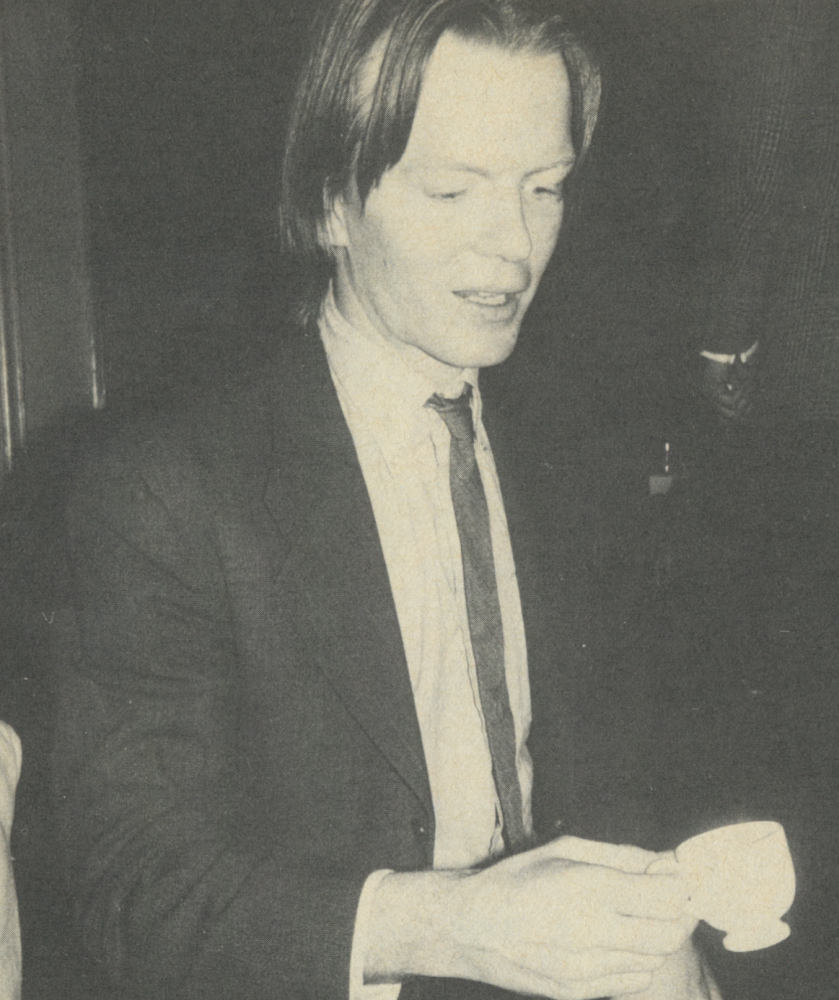
I’ve known him from years ago. He was just a young kid then, writing poetry. I don’t know him so well now. He’s a big rock star. He’s very famous. He’s actually great. Very, very great. ! don’t know the name of his group—I think it’s Jim Carroll and His Group, I think. I don’t know what his group is.
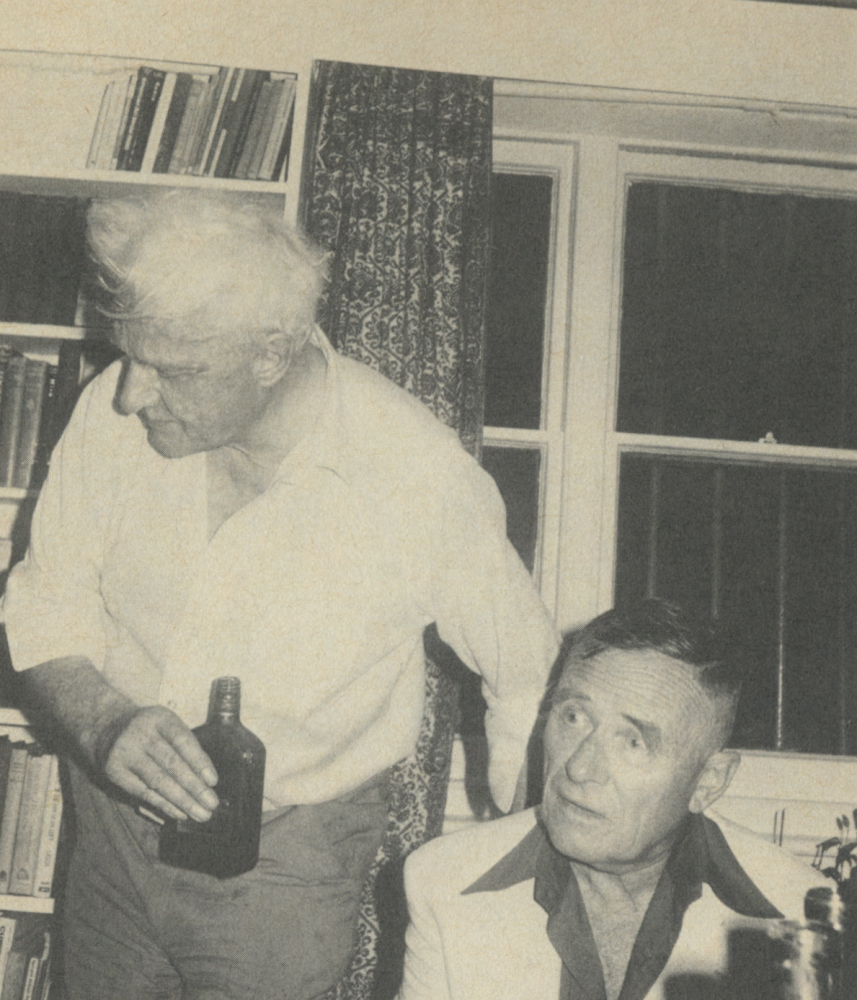
I took this picture of Stephen Spender and Christopher Isherwood when I was over in England a while ago. Baron Rothschild took us up to Spender’s house for dinner. I think that’s a bottle of Rothschild wine Spender is holding. I think Isherwood was mad at us for taking pictures. I guess it was when I was a little fresher— I took pictures without even asking. I ask more now. or I don’t even do it. It was a really intellectual evening. I don’t think they liked us. I went with Bob Colacello.
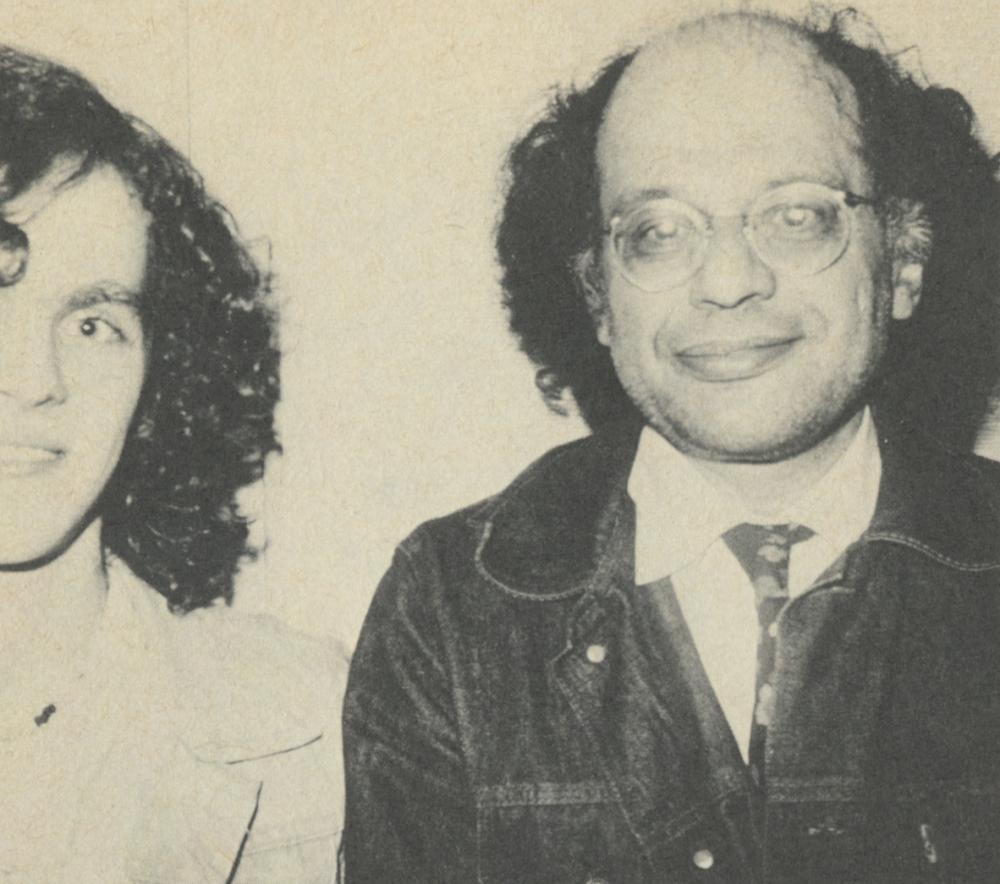
I don’t know who the person is with Allen Ginsberg. A young protegé of his, I think—I don’t remember now. I love Allen’s things. He was in some of the really early films —nothing too serious —perhaps Couch, just sitting there no[ doing anything. Maybe he just walked in while we were filming Couch, I’m not sure. I enjoy his music. those finger cymbals. I can listen to them a lot. He’s such a great poet. I’ve never done a painting of him. I’ve never thought of it until just now but it’s a great idea.

